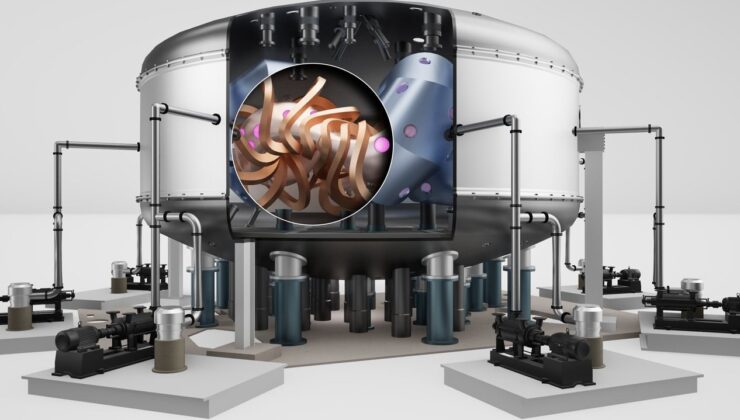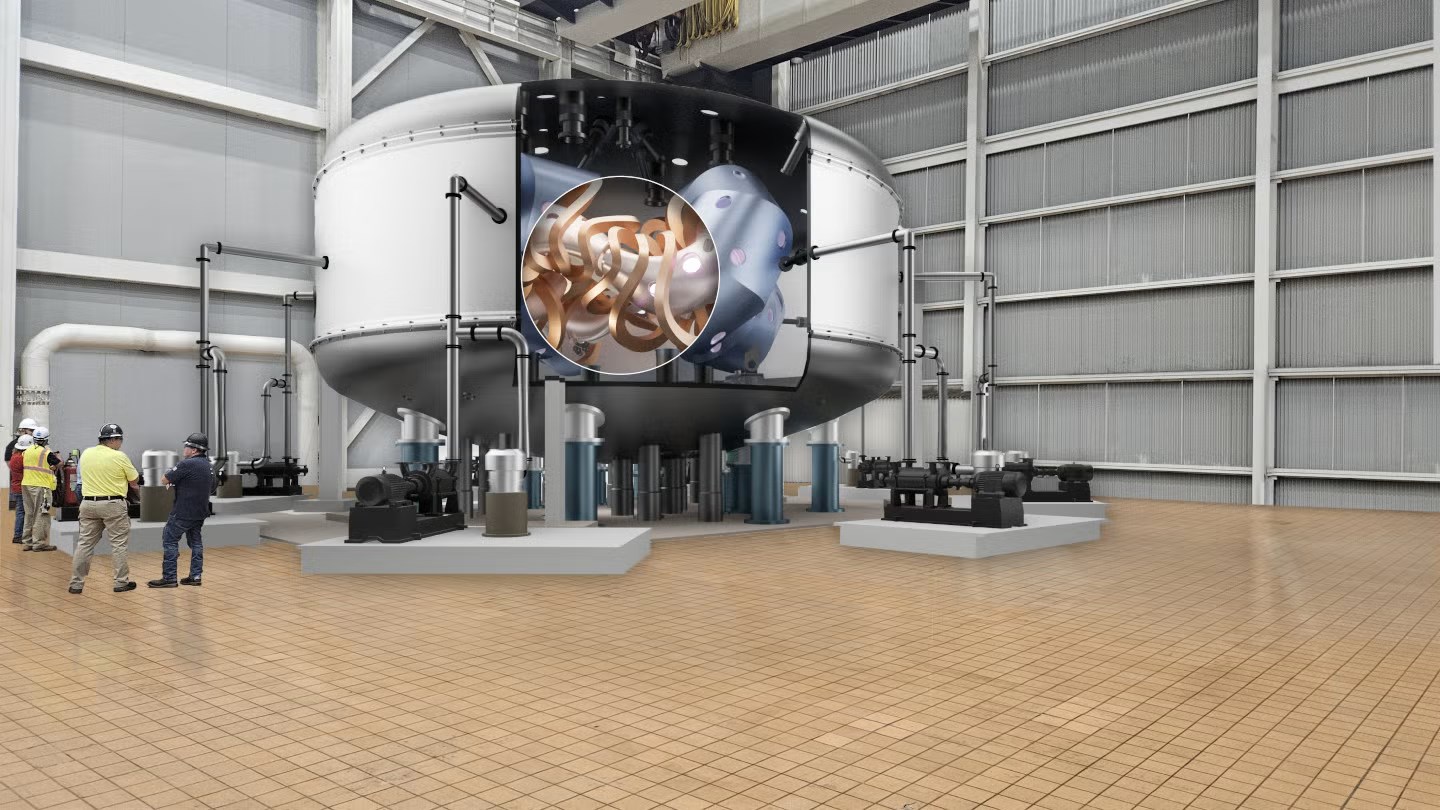

US-based Type One Energy has made significant strides in the development of its nuclear fusion reactor, dubbed Infinity Two. The company recently announced the successful completion of the initial design review for this cutting-edge reactor, which employs advanced fusion principles. With a projected 350 megawatts (MW) of electricity generation capacity, this reactor could potentially power tens of thousands of US homes.

The Infinity Two’s design is under evaluation for a potential collaboration with the Tennessee Valley Authority (TVA), garnering global interest from energy and industrial sectors. According to the company, multiple high-profile energy organizations and industrial firms are keen on investing in this pioneering generation of fusion power plants. Dr. George H. “Hutch” Neilson of the Princeton Plasma Physics Laboratory hailed the project as “the most serious fusion power plant design I have ever seen,” suggesting that it could lead to a net-positive electricity generation system. This marks the first time a fusion power plant design of such magnitude has passed an independent technical review, underpinned by the only peer-reviewed fusion power plant physics framework published to date. This framework was recently highlighted in the Journal of Plasma Physics.

Infinity Two is founded on a fusion technology known as the “stellarator” or “stellarizer.” This approach has demonstrated immense potential for large-scale, stable, and continuous operation, as evidenced by experimental machines like the Wendelstein 7-X (W7-X) in Germany. Unlike other fusion reactor types, stellarators maintain plasma stability more effectively using their magnetic fields. Dr. Paolo Ferroni of Westinghouse Electric Company, who also reviewed the Infinity Two design, noted that Type One Energy is not solely concentrating on the plasma core but is adopting a comprehensive engineering approach at the plant level. By leveraging existing materials and technology, the company aims to develop a reactor capable of a two-year continuous operating cycle, punctuated by planned maintenance breaks of just 30 days. Type One Energy asserts that the design is commercially viable.
Projected to operate with deuterium-tritium (D-T) fuel and generate 350 MW of electricity, the Infinity Two is poised to commence operations by the mid-2030s, assuming all progresses according to plan. The plant is slated to be constructed on the site of a former coal facility, effectively utilizing pre-existing infrastructure.
SİGORTA
1 saat önceSİGORTA
1 saat önceSİGORTA
2 gün önceINSURANCE NEWS
2 gün önceSİGORTA
4 gün önceSİGORTA
4 gün önceSİGORTA
4 gün önceBES / HAYAT
5 gün önceSİGORTA
5 gün önceBİLGİ
6 gün önce 1
DJI Mini 5: A Leap Forward in Drone Technology
20575 kez okundu
1
DJI Mini 5: A Leap Forward in Drone Technology
20575 kez okundu
 2
xAI’s Grok Chatbot Introduces Memory Feature to Rival ChatGPT and Google Gemini
14544 kez okundu
2
xAI’s Grok Chatbot Introduces Memory Feature to Rival ChatGPT and Google Gemini
14544 kez okundu
 3
7 Essential Foods for Optimal Brain Health
13279 kez okundu
3
7 Essential Foods for Optimal Brain Health
13279 kez okundu
 4
Elon Musk’s Father: “Admiring Putin is Only Natural”
13111 kez okundu
4
Elon Musk’s Father: “Admiring Putin is Only Natural”
13111 kez okundu
 5
Minnesota’s Proposed Lifeline Auto Insurance Program
11015 kez okundu
5
Minnesota’s Proposed Lifeline Auto Insurance Program
11015 kez okundu
Sigorta Güncel Sigorta Şikayet Güvence Haber Hasar Onarım Insurance News Ajans Sigorta Sigorta Kampanya Sigorta Ajansı Sigorta Sondakika Insurance News